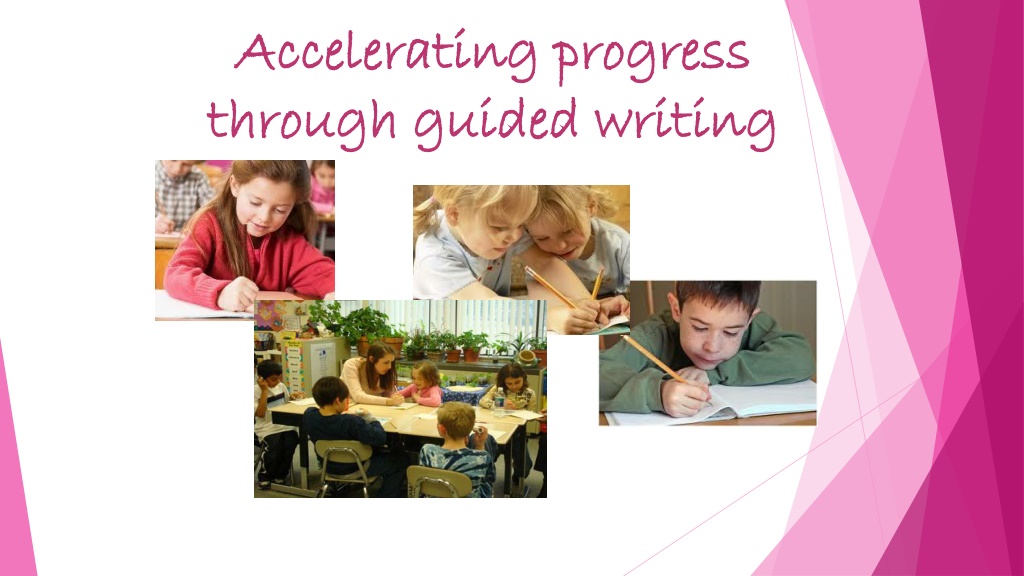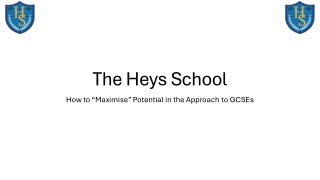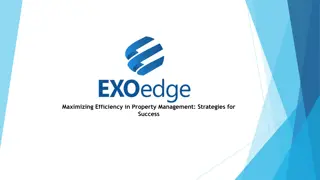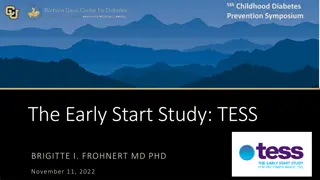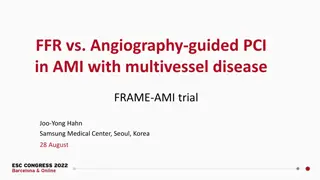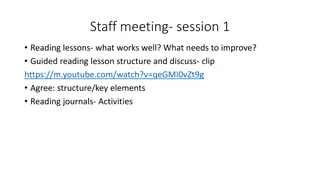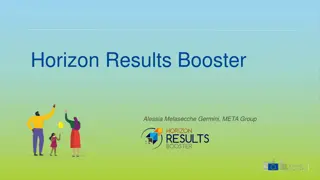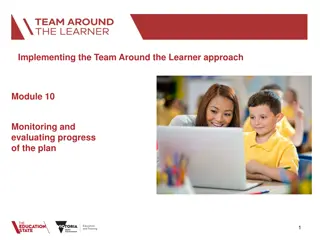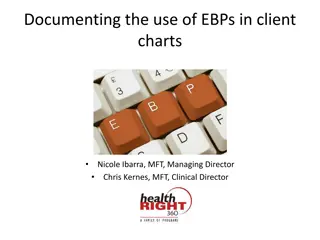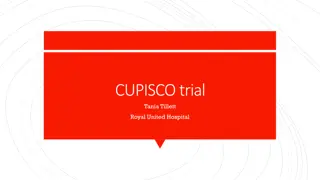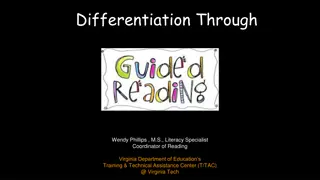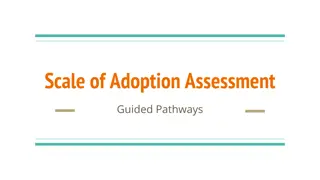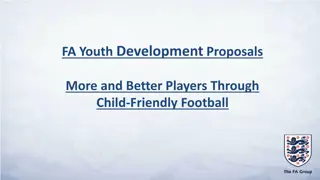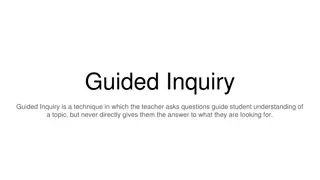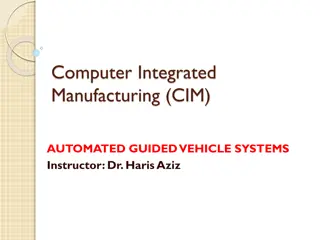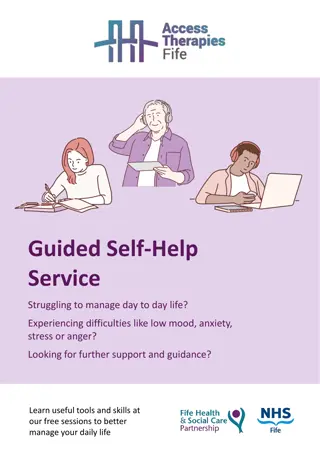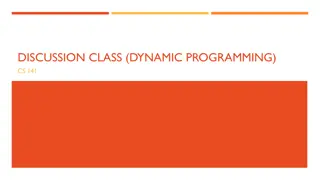Maximizing Writing Progress: Guided Writing Strategies
Aiming to support and challenge students in writing, guided writing is a personalized intervention that targets groups based on their needs. It provides tailored teaching, encourages active participation, builds confidence, and allows for immediate feedback. The process involves identifying priorities, enhancing teaching and learning through CPD, collaborative improvements, and evaluating progress impact.
Download Presentation

Please find below an Image/Link to download the presentation.
The content on the website is provided AS IS for your information and personal use only. It may not be sold, licensed, or shared on other websites without obtaining consent from the author. Download presentation by click this link. If you encounter any issues during the download, it is possible that the publisher has removed the file from their server.
E N D
Presentation Transcript
Accelerating progress Accelerating progress through guided writing through guided writing
Aims To know how guided writing can be used effectively to support & challenge pupils at various stages within the teaching sequence learning walk and Hilary s observations
What are the differences between the teaching strategies to improve writing ? Activity
What is the definition of guided writing? It is a personalised intervention . . . It provides an additional supported stop towards independent writing It should be carefully targeted towards groups of children according to their current targets or specific needs The aim is to provide support that is going to help children to improve their writing
It doesnt have to be writing! Guided writing can be focused on anything that supports children with improving their writing
What are the benefits of guided writing? It enables the teacher to tailor the teaching to the needs of the group It facilitates the teaching and learning of individual children the teacher is able to observe and respond to the needs of individuals within the group It provides the teacher with the opportunity to extend and challenge more-able groups of children
It encourages the children to be active participants in discussions about writing It builds confidence the group are all grappling with the same issues It allows the teacher to give immediate feedback on success and the opportunity to discuss further areas of improvement
The development of guided writing across school is a process . . . Identification of key priorities and target groups CPD Further CPD opportunities to strengthen teaching and learning Collaborative development of improvements in classroom practice (lesson study) Evaluation of impact on children s progress
Guided writing is closely linked to assessment . . . Gaps identified when assessing against the national curriculum
Guided writing is underpinned by effective assessment for learning Guided writing sessions provide opportunities for ongoing assessment Teachers identify the learning needs of children based on their assessments They set precise writing targets that will address the needs of each group and that are regularly reviewed with the children Feedback is provided at every stage
When guided writing is used effectively . . . Children are clear about organisation of guided writing and how to learn as part of a group Children are fully aware of their next steps and understand the process of reviewing them Success criteria are clear and understood by the children
Teachers use effective day-to-day assessment strategies: - questioning - observing - discussing - analysing marking and assessing writing with the children - checking children s understanding
Children are clear about the next steps needed to improve their writing It s a mini lesson within a lesson
Planning and organising for guided writing Begins with assessment and the identification of the learning needs of the class Teacher groups together children with similar needs Number in group will vary usually six to eight children Groups should be flexible Several sessions in a row makes the most impact
How does guided writing relate to shared writing and independent writing ? May be general, e.g. to understand the concept of a sentence, paragraphing etc. It might be genre specific, e.g. to use emotive language in persuasive writing or to organise a non-chronological report
The guided writing session may simplify the shared session for less confident writers or extend the shared session to challenge more- able writers Guided writing may be focused at whole text level, sentence level or word level
At what stage of the writing process do I teach guided writing ? Before writing support in formulating ideas, teacher modelling planning process, sentence level work During writing support for rereading to check writing makes sense, using alternate vocabulary, manipulation of sentence structure
After writing checking work against success criteria, editing, proofreading, reviewing progress and targets, discussing next steps in writing and setting new targets where appropriate NB no need to glue yourself to the group !
Case study film clip Points to note The learning environment Clear sentence level focus Teacher s emphasis on writing for a reader Teacher s use of technical language The structure and clear focus of the guided session Children applying learning to their own work Effective work with boys in this group
An example of how to plan for a guided writing session . . . Improving punctuation is one of the quickest ways of accelerating progress in writing and is a perfect way of beginning to use guided writing in your classroom. sentence structure and
Objective from Y3/4 Programme of Study Pupils should be taught to use fronted adverbials.
Learning intention we are learning how to make our sentences more interesting for the reader by adverbials. adding fronted
Success criteria You will be able to improve the writing you produced last week by adding fronted adverbials that work together to produce a piece of writing that engages the reader and makes them want to read more.
What would several sessions look like? (may be 2 sessions, 3 sessions or 4 sessions) Revise- quick recap of the relevant aspects of grammar and punctuation Teach - children how to use these elements through modelling their use use one of the children s pieces of writing to demonstrate this
Practise through a game such as a game or a building sentences activity Give children the opportunity to apply their learning using their own writing at this stage they should reflect on their writing and share it with others
Give children the opportunity to check their writing against the success criteria Don t forget to tell children their next steps this might be to apply what they ve learnt every time they write independently or the next step might be specific to apply what they ve learnt in their end of unit writing outcome the following day/week
Lesson study one way to develop the practice The Quick Win version of lesson study
Gap task Who are your target children ? What are the gaps in learning ? How can you address these gaps through guided writing this term ? (think about current topics or themes and practical implementations) You will be asked to share practice at a staff meeting later this term
